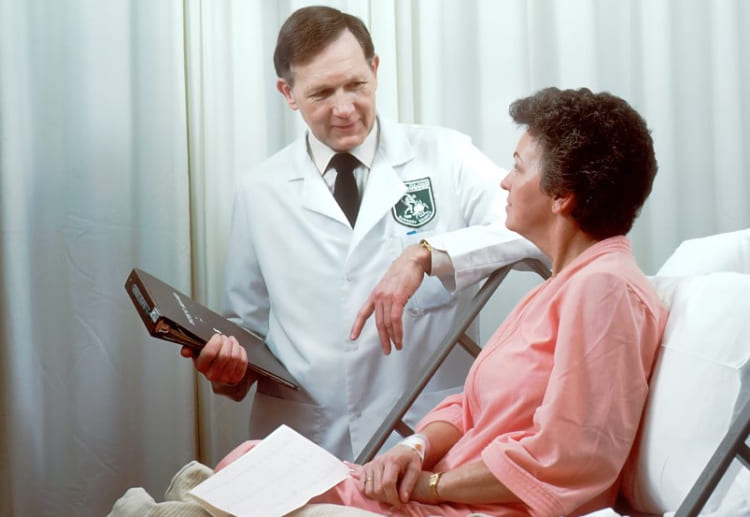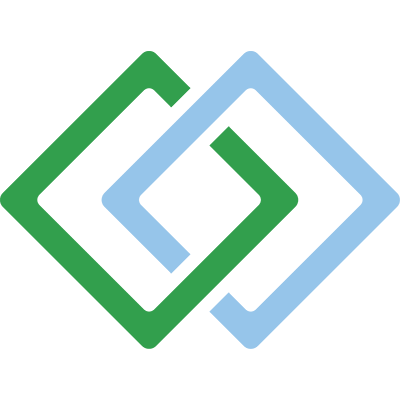
@ShahidNShah


Patients in a medical choice situation are usually confused by the volume of information provided to them. Technical jargon, strange steps, and complex descriptions may cause confusion in people regarding the course of action they want to take. One of the methods that have become relevant in meeting this gap is through visual tools, where 3D medical animation provides a straightforward and interesting channel of displaying the workings of various treatments. The animations enable the patients to visualize what is going on in their bodies, and therefore the process of comprehending becomes less intimidating and more approachable.
3D medical animations enable complex medical information to be transformed into a more digestible knowledge by demonstrating a condition and potential treatment step by step. Patients can see how a procedure works instead of visualizing how it works and this makes them have a greater confidence in their decisions. This directly affects the manner in which individuals weigh their alternatives and finally select a course of treatment that is comfortable to them.
Decisions are not very clear in medical cases and the level of details can make patients confused easily. A medical practitioner may illustrate a treatment carefully but lack of visual representation may make it hard to understand clearly when one lacks medical knowledge. It is in this respect that medical animation is significant. Translating complex medical concepts into images, animations allow the patients to digest the information in a more natural manner.
With patients having a better idea of the process, they will be less apt to make the decisions out of fear or doubt. They are able instead to assess the possibilities of the treatment with a more precise idea of what to anticipate. A realistic perception of risks and benefits to do with a minimally invasive operation compared to a normal one, such as seeing the difference between the two, can help one have a realistic understanding of the situation.
When patients are not able to imagine what will happen to them in the course of treatment, many of them are anxious. The fact that descriptions can leave gaps of knowledge that may cause stress prior to a medical procedure can be addressed by 3D animations, which represent both accurate and easy to understand representation of the body and its processes. This has the effect of alleviating fear, as patients are no longer left to trust unclear images in their mind, or half-baked explanations.
Patients are in a better position to have a rational weighing of their options by reducing their anxiety. They are able to separate their emotional responses with facts which is critical in making a serious health decision. This change of attitude may result in a more responsible and deliberate decision on treatment.
The provision of truly informed consent by patients is one of the key elements of healthcare. Consent is not just about signing a form but involves complete knowledge of what the procedure is about, what the risks and effects will be like. 3D medical animations can help in this since sometimes it is necessary to take words and explain by providing a visual representation of what is about to happen. Patients can ask more specific questions and present their problems in a better way when they understand how a treatment works.
This participatory involvement establishes a more robust relationship between a patient and a provider. Patients take part in their care as opposed to sitting back and listening to what is being said. When they select a course of treatment, which follows an animation, they are commonly in a more significant sense of ownership and trustworthiness of their choice.
There can be several different paths of the treatment, and sometimes it is not easy to compare them. Patients might not see how alternatives will influence the recovery time, comfort or their long-term health. Animations give the side-by-side clarity through the visual demonstration of what allows distinguishing each treatment. It is easier in that way that the patients can recognize which approach suits them better based on their personal goals and circumstances.
Having a visualization of what could happen provides the patients with not only facts, but point of view. They are able to reconcile medical data with individual values, including time out of work, lifestyle modifications, or amount of discomfort. Having a clearer comparison, they can be more ready to select an approach of treatment that suits their medical and personal requirements.
The use of 3D medical animations in the treatment of patients extends past illustration. They change the manner in which individuals perceive information, their anxieties, and decision making. They simplify the complicated information and make it easy to identify thus enabling patients to actively participate in their health.

Chief Editor - Medigy & HealthcareGuys.
The relationship between the food we eat and our mood has been examined more in recent years. Although therapy, medication, and other treatment tools still play an important role in managing the …
Posted Oct 5, 2025 Mental Health Dietitians and Nutritionists
Connecting innovation decision makers to authoritative information, institutions, people and insights.
Medigy accurately delivers healthcare and technology information, news and insight from around the world.
Medigy surfaces the world's best crowdsourced health tech offerings with social interactions and peer reviews.
© 2025 Netspective Foundation, Inc. All Rights Reserved.
Built on Dec 10, 2025 at 1:15pm